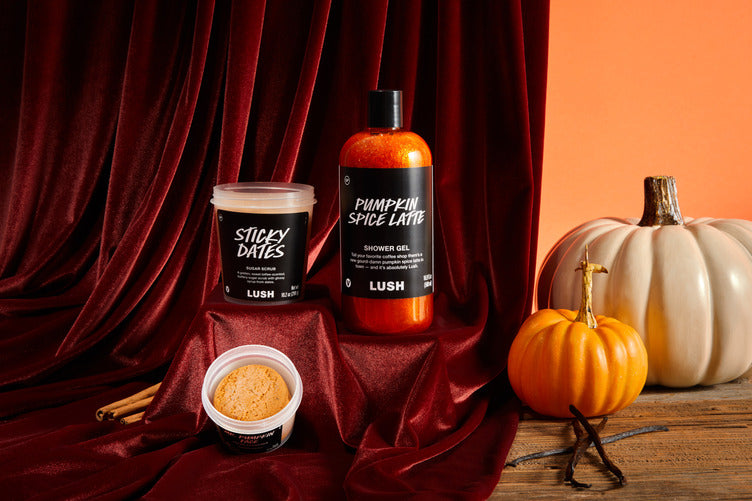Vast numbers of tourists descend on the undulating countryside of France’s Provence region each July to breathe in (and likely capture for Instagram) the stretching lines of lavender and lavandin.
Abuzz with tourists and bees alike
During the June to August season, beekeepers - hoping to maximise yields of lavender honey - transport their hives nearby too, so bees can be seen foraging freely from flower to flower.
The deeply calming scent that rises from the purple fields is almost soporific, making both lavender and lavandin, popular ingredients in cosmetic products. From bubble bars and soaps to shampoo bars and fine fragrances, the sweet florals are beloved for their abilities to help bathers unwind, aid in restful sleep and improve the condition of the skin and scalp.
What's in a name?
Lavandin is a natural hybrid created from lavender (Lavendula angustifolia) and lavender spike (Lavendula latifolia), and it’s easier to tell it apart from lavender than the names suggest. Lavandin’s scent is slightly more pungent and its stems tend to grow taller, up to 50-60cm compared to the average 30-40cm height of lavender. Each stem also boasts three flowers, unlike lavender’s characteristic one.
What it’s clear they have in common, is a penchant for sunshine. They thrive in the dry climate of the Mediterranean with over 4,000 hectares of lavender and 17,000 hectares of lavandin planted around three main areas in France: Drome, Alpes-de-Haute-Provence and Vaucluse. In total, France produces around 1,200 tonnes of lavender and lavandin oil each year.
These figures might seem vast, but one hectare of land is required to produce just 100kg of lavandin oil. And this figure shrinks to a mere 40kg when obtaining lavender oil.
When every hectare counts towards creating the finest essential oil, you have to get smart.
Leave it to the pros
Visiting in July 2016, buyer Emilia, and Jordan from quality control, travelled - via Avignon - deep into the landscape of Provence to explore Lush’s source of lavender and lavandin oils. Heading away from the crowds (but into the midst of the bees) they met a supplier whose growing and distillation methods have been perfected over more than 100 years of business.
Planting begins after March and April each year, when the risk of frosts is over, and distilling takes place from late-July to mid-August. Each plantation will remain in place for roughly a decade before a period of three years gives the soil time to regenerate fully.
Many of the traditions - such as the fireplace fueled with lavender straw - continue as they always did, but today the harvest is completed by machine, not sickle. What once was a time-consuming, labour-intensive process has been revolutionised, so Lush's supplier is now able to obtain 500 tonnes of high-quality lavender and lavandin oil each year. Some of these exquisite ingredients head over to Poole to be added straight into your products, such as the much-loved Sleepy range of products, perfect for those who are in search of the land of nod. For starters, try Sleepy shower gel for a soothing cleanse, then swaddle your skin in a rich layer of Sleepy body lotion for a blissful slumber that'll soon have you dreaming of those magnificent fields of purple.













